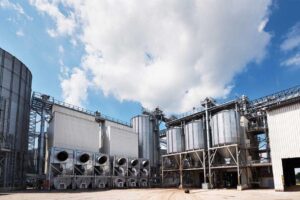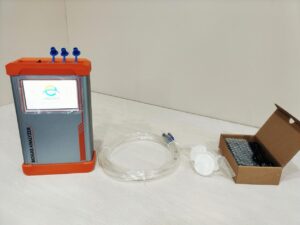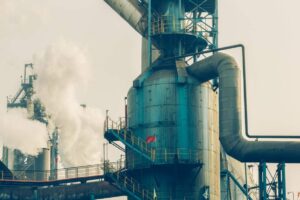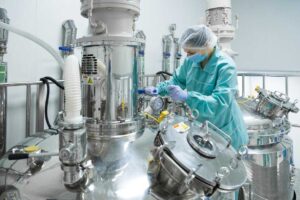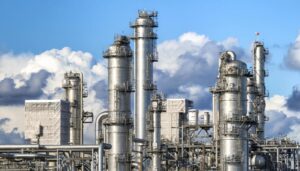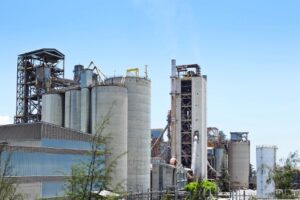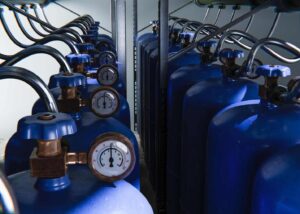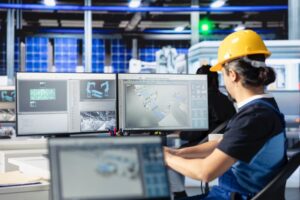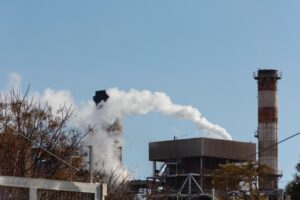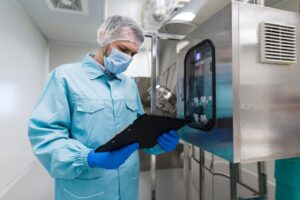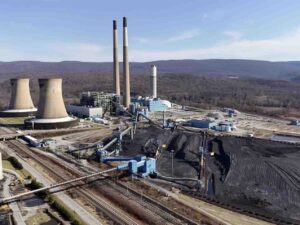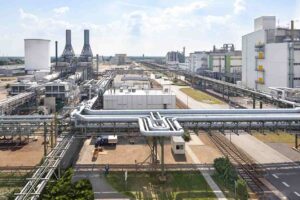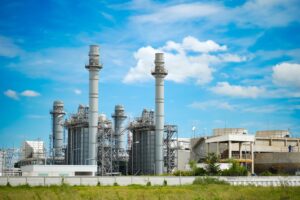In hydrogenation processes, even a slight increase in oxygen concentration at the top of the reactor can lead to catastrophic outcomes such as explosions, catalyst degradation, or complete shutdowns. Traditional oxygen detection methods often suffer from slow response times and insufficient accuracy in hydrogen-rich, high-pressure environments. That’s where advanced oxygen analyzers come into play. ESEGAS, a trusted name in gas analysis solutions, offers a cutting-edge solution tailored for these high-risk applications.
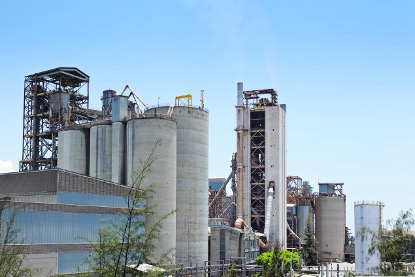
While it’s clear that oxygen analyzers are crucial for safety and process integrity, it’s equally important to understand why oxygen monitoring is so vital in hydrogenation, how the ESEGAS system works, and what tangible benefits it brings to the industry. Let’s explore these key questions in detail.
Why Is Oxygen Monitoring at the Top of Hydrogenation Reactors So Critical?
In the hydrogen peroxide production process, the primary reaction units are the hydrogenation unit and the oxidation unit. These two units are crucial for controlling product quality and are also highly prone to explosions. Within the oxidation unit, the hydrogenated liquid comes into full contact with atmospheric oxygen in the oxidation tower, undergoing oxidation to produce hydrogen peroxide.
Three factors in this stage can easily trigger explosions:
① the temperature inside the oxidation tower;
② the oxygen content at the tower top outlet;
③ the pressure at the top of the oxidation tower.
The oxygen content in the gas flowing through the outlet pipeline at the top of the oxidation tower indicates the completeness of the reaction. Therefore, monitoring the oxygen content at the top of the hydrogenation tower is critical. High oxygen content indicates an incomplete reaction, which can form explosive mixtures with heavy aromatics in the working solution, potentially causing an explosion in the facility. It is essential to continuously and accurately monitor the oxygen content in the gas throughout the oxidation process. If the oxygen content exceeds the set value, immediate action must be taken to prevent accidents.
Uncontrolled oxygen levels in a hydrogenation reactor represent a silent but severe threat. In these high-pressure, high-temperature environments where hydrogen is abundant, even trace amounts of oxygen can initiate exothermic reactions that spiral out of control. This risk is especially critical at the top of the reactor, where gas stratification and pressure differentials can cause localized oxygen build-up. Without precise oxygen content detection, operators may not notice this until it’s too late.
By deploying continuous and accurate oxygen monitoring systems, industries can prevent unplanned downtime, reduce catalyst poisoning, and protect both personnel and equipment. ESEGAS analyzers provide a robust defense against such scenarios, especially when installed in critical zones like the reactor top.
How Do ESEGAS Oxygen Analyzers Deliver Accurate and Reliable Measurements?
Achieving precise and consistent oxygen measurements in hydrogenation reactors is not just a technical challenge—it’s a matter of operational safety. Hydrogen-rich environments present unique obstacles: high reactivity, variable pressure, and potential interference from other gases. ESEGAS oxygen analyzers are specifically engineered to address these complexities and deliver uncompromised performance.
Engineered for Harsh Environments
At the core of every ESEGAS analyzer is a commitment to rugged industrial reliability. The devices are built to operate under extreme conditions, including high temperatures, high humidity, and chemically aggressive atmospheres often found at the top of hydrogenation reactors. Their explosion-proof gas analyzer housings are certified for hazardous zones (ATEX/IECEx), ensuring safe deployment in volatile gas environments where traditional sensors might fail.
Advanced Sensing Technologies
ESEGAS offers multiple sensing options to match the exact requirements of different industrial setups. Among the most effective technologies:
- Zirconia sensor: Ideal for ultra-low oxygen detection, zirconia cells operate based on a solid-state electrochemical principle. These sensors provide high selectivity, fast response, and are particularly well-suited for ppm-level oxygen measurement in hydrogen-dominant backgrounds.
- TDLAS (Tunable Diode Laser Absorption Spectroscopy): For applications requiring ultra-fast response and zero-drift measurements, ESEGAS can integrate TDLAS technology, offering non-contact in-situ monitoringdirectly within the process stream.
In-Situ and Extractive Measurement Options
Flexibility is key in process integration. ESEGAS analyzers support both:
- In-situ monitoring, where the sensor head is installed directly in the process pipe or vessel, providing real-time readings without sampling delays.
- Extractive systems, which draw a sample through a gas conditioning system before analysis—ideal when the process gas requires temperature or pressure stabilization.
Whether in-situ or extractive, both configurations support continuous gas analysis, feeding real-time data to DCS or SCADA systems through standard communication protocols (4–20 mA, Modbus, Profibus).
Automatic Calibration and Diagnostics
One of the standout features of ESEGAS oxygen analyzers is the minimal maintenance requirement. Many models come equipped with:
- Auto-calibration functions, reducing the need for manual intervention.
- Self-diagnostic capabilities, which notify operators of sensor drift, contamination, or failure risks before they affect performance.
- Built-in data logging, helping with process audits, quality control, and incident analysis.
Compatibility with Hydrogenation Processes
Hydrogenation units demand analyzers that can tolerate high hydrogen concentrations without compromising measurement accuracy. ESEGAS designs its systems with special hydrogen-resistant materials and calibration strategies, ensuring measurement integrity even when H₂ concentrations exceed 90%.
Additionally, fast response times—often under 5 seconds—allow immediate detection of oxygen ingress, supporting rapid shutdown or inerting procedures. This feature is critical for process safety improvement and avoiding dangerous oxygen surges.
What Measurable Benefits Do ESEGAS Analyzers Bring in Real Applications?
Switching from conventional analyzers to ESEGAS solutions brings several quantifiable improvements:
| Parameter | Before ESEGAS | With ESEGAS |
| Detection Speed | 30–60 seconds delay | <5 seconds response time |
| Minimum Detectable Oxygen | ~100 ppm | <1 ppm with zirconia sensor |
| System Downtime (per year) | ~20 hours due to false alarms | <2 hours, significantly reduced |
| Maintenance Cost | High (frequent recalibrations) | Low (auto-calibration available) |
| Safety Incidents | Moderate risk | Substantial process safety improvement |
These benefits are not only operational but also financial—minimizing unplanned outages, extending catalyst life, and reducing insurance and compliance costs.
How to Select the Right ESEGAS Model for Hydrogenation Applications?
Choosing the right oxygen analyzer involves more than just sensitivity—it requires compatibility with extreme conditions. For hydrogenation units, you need:
- Explosion-proof certification (ATEX/IECEx zones)
- Compatibility with hydrogen background
- Fast response time
- Continuous gas analysis capability
- Sensor type selection (zirconia for ppm levels, paramagnetic for %O₂)
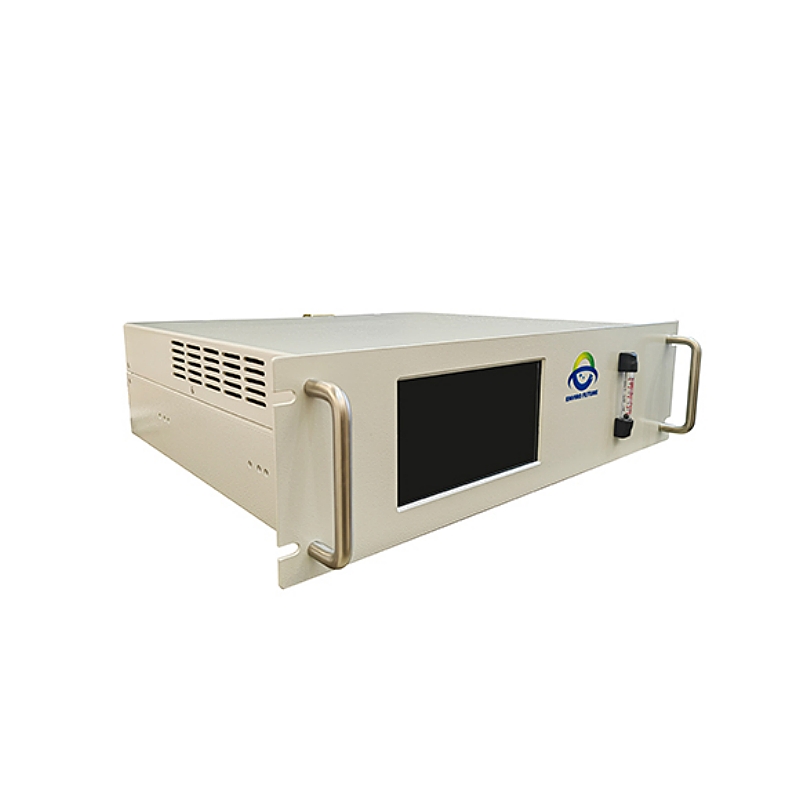
The ESEGAS IR-GAS-600 series is particularly well-suited for such applications, offering modular configurations, robust housings, and integration with process control systems (4–20 mA, Modbus, etc.).
What Is the Future of Gas Analysis in Hydrogenation Processes?
As the industry moves towards digital transformation and net-zero goals, in-situ monitoring and smart analyzers like those from ESEGAS will become standard. Trends include:
- Remote diagnostics and IoT integration
- AI-assisted anomaly detection
- Zero-maintenance sensor systems
- Enhanced data visualization and alarm systems
ESEGAS is actively innovating in these areas, aligning its product roadmap with future demands in both safety and sustainability.
Conclusion
Oxygen monitoring at the top of hydrogenation reactors is not optional—it’s essential. With their advanced sensing technology, explosion-proof designs, and commitment to real-time, ppm-level oxygen measurement, ESEGAS oxygen analyzers provide unmatched protection and performance. Whether for compliance, safety, or operational excellence, choosing ESEGAS means choosing peace of mind.





